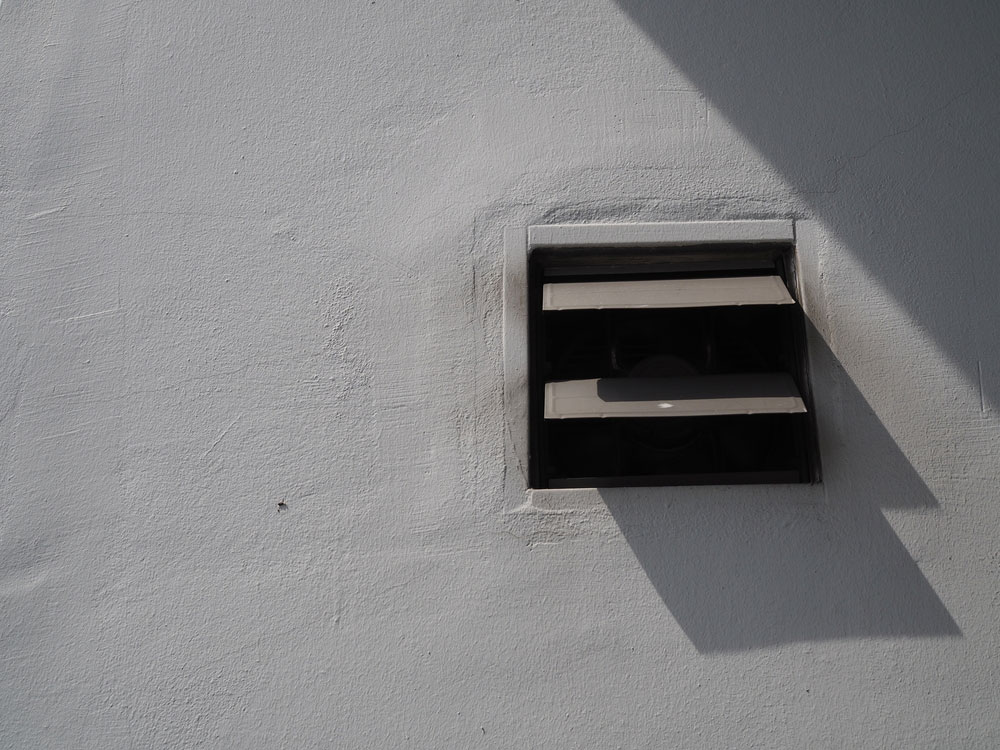Crawl Space Vent Fan
Ventilation is critical for maintaining a healthy crawl space. At Crawl Space Ninja, we align our recommendations with EPA guidelines to ensure the most effective ventilation for your specific space. Whether you’re in a humid area like Knoxville, TN, or a drier climate like Denver, CO, the implications of using a vent fan can vary significantly along with soil gases and moisture control differences. Our comprehensive approach ensures your entire crawl space system works harmoniously to provide a worry-free, healthy environment for your home.

Foundation Vent Fan
Open Crawl Space Vent Fan
Is having outside air enter your crawl space a bad thing? That depends on the humidity level of the make-up air. If you have an open crawl space in Knoxville, TN or Atlanta, GA chances are you are bringing in hot humid air.
Hot humid air hitting cold, poorly insulated and non-sealed duct-work is a recipe for mold and wood rot fungus. Mold and fungus can affect the sub-floor and cost you money in foundation repairs and floor stabilization.
Reach Out for a Free Crawl Space Ninja Consult!
"*" indicates required fields
Using a Vent Fan with Encapsulation
This is where many get confused. For years, crawl space contractors have been sealing all the vents during encapsulation. In fact, many home builders create homes without foundation vents.
Why the drastic change? Research has shown an encapsulated crawl space has less mold, structural issues, and critters than an open crawl space. This doesn’t mean all builders are closing crawl spaces but some won’t build a vented crawl space.
The problem is soil gases. The crawl space companies and builders that close crawl spaces have created a problem while trying to fix others. When you seal all vents or build with no vents, the soil gases’ only route is in your home.
Vented crawl spaces certainly create more mold and structural problems. But, they allow nasty and potentially deadly soil gases to escape.
Installing a vent fan or radon mitigation system and performing crawl space encapsulation is the best scenario to address both problems. But there is another problem. Many contractors and builders do not include a dehumidifier.
That’s like creating a well-insulated home with no heat source or air conditioner. No matter how good the crawl space is encapsulated, humidity, and other moisture problems still find a way to exist.
Crawl Space Encapsulation EPA Guidelines
Crawl Space Ninja adheres to and exceeds the essential EPA guidelines for basement and crawlspace insulation and conditioned air, setting us apart in the industry.
We ensure that crawlspace and basement perimeter walls are sealed against outside air infiltration and insulated in accordance with local codes or to a minimum of R-5, whichever is greater. Moreover, we provide conditioned air at the required rate, utilizing methods that complement the unique needs of your space, including considerations for radon-resistant features when necessary.
Unlike others, Crawl Space Ninja incorporates both ventilation and encapsulation into our comprehensive approach. This holistic view extends beyond mere installation of vapor barriers or french drains; we address the root causes of issues like mold, ensuring that insulation and air sealing are integral parts of our encapsulation process.
Choosing Crawl Space Ninja means opting for a worry-free solution that covers your entire crawl space, embodying our commitment to giving families a healthy and safe environment for by fixing all underlying issues that could impact your wellbeing.

Where to Install Ventilation Fans
Installing crawl space ventilation is as important as controlling crawl space humidity with a dehumidifier. Making sure you place the crawl space vent fan in the right place is also important to ensure you maximize the fan’s efficiency. Check out our other informational videos on ventilation on our YouTube channel.
Having Crawl Space Issues? Reach out for custom solutions that go beyond the standard.

